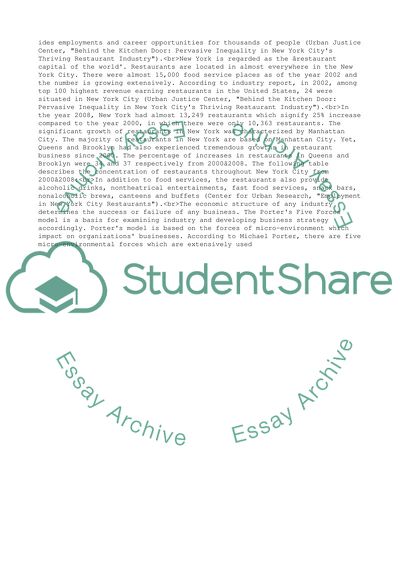Cite this document
(“Industry Analysis Paper (on Resturant business) Essay - 1”, n.d.)
Retrieved from https://studentshare.org/business/1583006-industry-analysis-paper-on-resturant-business
Retrieved from https://studentshare.org/business/1583006-industry-analysis-paper-on-resturant-business
(Industry Analysis Paper (on Resturant Business) Essay - 1)
https://studentshare.org/business/1583006-industry-analysis-paper-on-resturant-business.
https://studentshare.org/business/1583006-industry-analysis-paper-on-resturant-business.
“Industry Analysis Paper (on Resturant Business) Essay - 1”, n.d. https://studentshare.org/business/1583006-industry-analysis-paper-on-resturant-business.


